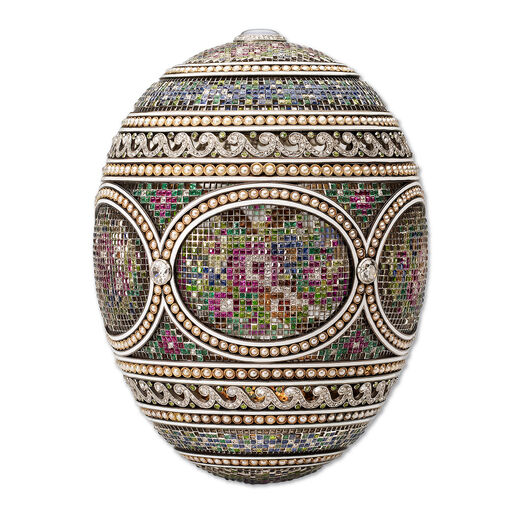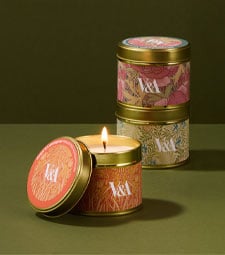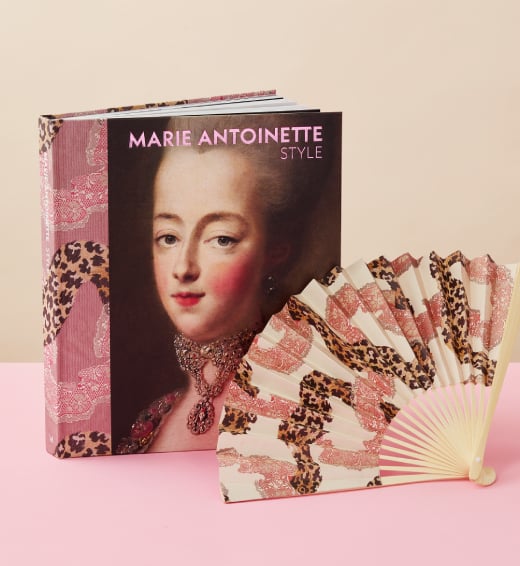
Imperial easter egg magnet
Out of Stock
- Details
- Delivery & Returns
The exhibition Fabergé in London: Romance to Revolution explores the legacy of master goldsmith Peter Carl Fabergé, whose internationally recognised firm symbolised Russian craftsmanship, luxury and elegance, and the Anglo-Russian relationship which saw the opening of a London branch in 1903.
The egg depicted on this domed resin magnet is one of the most extraordinary of Fabergé’s Imperial Easter eggs. Its intricate mesh is fitted with tiny diamonds, rubies, topaz, sapphires, garnets, pearls and emeralds. The designer, Alma Theresia Pihl, was inspired to produce this motif when one evening she watched her mother-in-law doing her needlework, which shimmered in the light of the fire. The egg was bought by King George V in 1933, probably for Queen Mary’s birthday and is held in the Royal Collection.
Details
• Made in the UK
Dimensions
Length 50mm x width 37mm
Composition
Domed resin magnet
Colour
Product code
162353
Delivery
Our standard delivery charges and estimated timescales are as follows. Selected product exceptions apply; see product details. International deliveries may also be subject to customs fees, tariffs or taxes upon arrival, which are your responsibility.
Custom prints
Each print is made to order and dispatched separately to other V&A Shop products, for UK delivery only. The charges and estimated timescales below are in addition to our standard delivery charge when bought together with a V&A Shop product. However, delivery is free for all orders over £60.
Returns
An extended returns window is granted for purchases over the Christmas period. Orders placed from Saturday 1 November 2025 can be returned until Tuesday 20 January 2026, subject to our usual eligibility criteria.
We hope you are happy with your V&A Shop purchase. However, if you are not, most items are eligible for a full refund, subject to the criteria below. Refunds are offered for items in an unused, unopened condition, and with original packaging – with the following exceptions. This does not affect your statutory rights.
The following items are excluded from our returns policy and cannot be refunded unless faulty, damaged, or not as described:
- Custom prints and other items made to your specification or personalised;
- Items that have been sealed for hygiene reasons, where the seal has been broken, such as beauty products, soap, pierced earrings, hosiery, socks, sunglasses and face coverings;
- Perishable or edible items such as flowers or food;
- Memberships, tickets for exhibitions, bookings for events and courses.
For full details, visit our Delivery & Returns page.

Fabergé in London: Romance to Revolution
Ran from 20 November 2021 to 8 May 2022, this exhibition explored master goldsmith, Carl Fabergé – whose internationally recognised firm symbolised Russian craftsmanship, luxury and elegance – and the Anglo-Russian relationship which saw the opening of a London branch in 1903.






